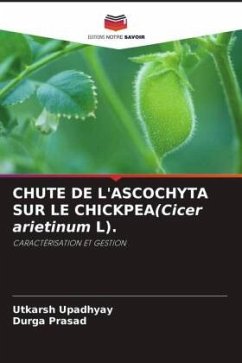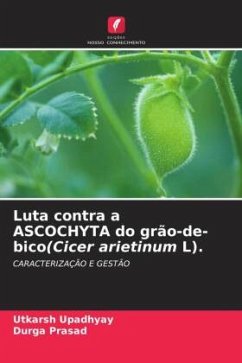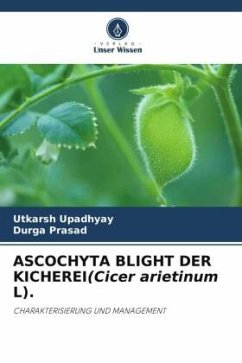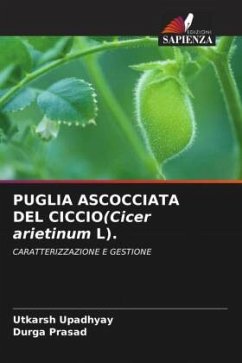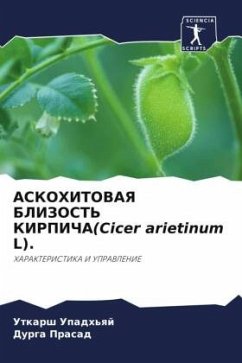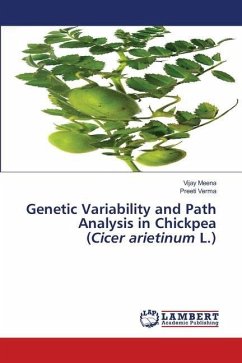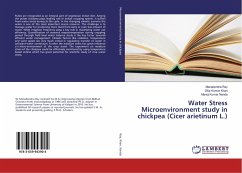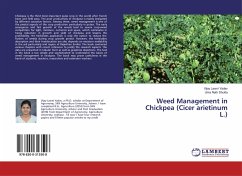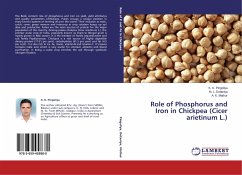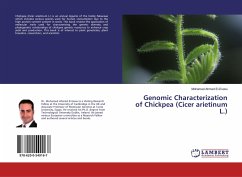
ASCOCHYTA BLIGHT OF CHICKPEA (Cicer arietinum L).
CHARACTERIZATION AND MANAGEMENT
Versandkostenfrei!
Versandfertig in 6-10 Tagen
29,99 €
inkl. MwSt.

PAYBACK Punkte
15 °P sammeln!
Chickpea [Cicer arietinum (L.)] is an important winter legume crop. It is cultivated mainly in arid and semi-arid areas of the world. In India, chickpea crop holds a prominent position in all the major cropping sequences and mostly grown under dryland conditions. Chickpea crop is attacked by to more than a dozen well-known diseases. Among them, Ascochyta blight (Ascochyta rabiei Pass.) is one of most severe diseases of chickpea. It can cause yield loss of up to 100%. Host plant resistance against ascochyta blight has recently improved in a number of chickpea genotypes, but they still needed to...
Chickpea [Cicer arietinum (L.)] is an important winter legume crop. It is cultivated mainly in arid and semi-arid areas of the world. In India, chickpea crop holds a prominent position in all the major cropping sequences and mostly grown under dryland conditions. Chickpea crop is attacked by to more than a dozen well-known diseases. Among them, Ascochyta blight (Ascochyta rabiei Pass.) is one of most severe diseases of chickpea. It can cause yield loss of up to 100%. Host plant resistance against ascochyta blight has recently improved in a number of chickpea genotypes, but they still needed to treat with fungicides during the blooming and pod-forming stages. Keeping the importance of chickpea as well as the associated disease in view, the present book has been containing all efforts to address the above issues. The book comprising about the status of Ascochyta blight disease in Bundelkhand region of India, cultural characteristics of pathogen and its effective management strategies in standing crop conditions.



